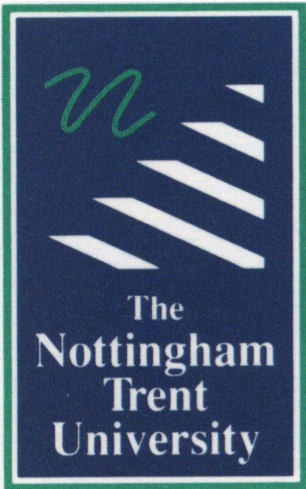


British Supermarket Industry
Britain's leading supermarket chains are among the growing number of retail groups considering the utilisation of the Internet for retail purposes. Supermarket developments in this area are still very much in their infancy. Market demand is the main factor in this development area.
The four main British supermarket chains are each at different stages in their development of Internet retailing. The Tesco supermarket chain is heavily involved in investigating the viability and profitability of such a system and on November 6th of 1987 launched its first trial Internet superstore from its branch in Osterly, West London. In contrast, the Asda supermarket chain has seen fit to postpone its investigation into this area until a future date. The other two main chains Sainsbury's and Safeway are continuing research into Internet retailing, but at a slower pace than their pioneering counterpart, Tesco.
Tesco
As previously mentioned Tesco is the first supermarket chain to launch an interactive web site for Internet shopping. The scheme enables customers, initially in West London, to purchase any of the 20,000 products available at Tesco in Osterly by using Microsoft Internet Explorer.
Whilst the potential held by the Internet for retailing purposes has been recognised for some time, one single technical obstacle has delayed its widespread commercial utilisation, and only recent months have seen technical developments able to overcome that obstacle. The task that faced Internet developers was to develop a system by which financial transactions could be made safely over the Internet without risk of fraud.
In march 1996, Visa and Mastercard announced that they will combine their independent efforts to create a single standard for secure credit card transactions. Visa/Mastercard S.E.T combines features from Visa's STT and Mastercard's SETT protocols. They claim that it creates "uniform safeguards for making secure credit card payments over the net." This joint effort may be the result of realising that financial institutions will be increasingly threatened by the emergence of electronic currency, which may leave the credit cards out of the race.
The standard is supported by major companies: Microsoft, IBM, Netscape who will incorporate SET into future revision of their products. The international standards organisation (ISO) is also backing the standard, and thus S.E.T. promises to become an international standard. Will this have any significant effect for online-shopping? While it is certainly an improvement over the status quo, credit cards, as we know them today may not be the best method of payment for electronic shopping due to the high transaction cost, lack of anonymity, and overall inconvenience.
S.E.T uses RSA Public Key encryption. It's key feature is a "digital certificate" that ensures privacy and authentication. Initially, both vendors and consumers register their credit card online with an issuing bank. After making sure the card is authentic it issues an electronic certificate. These digital certificates ensure that the participants in an electronic transaction can trust each other.